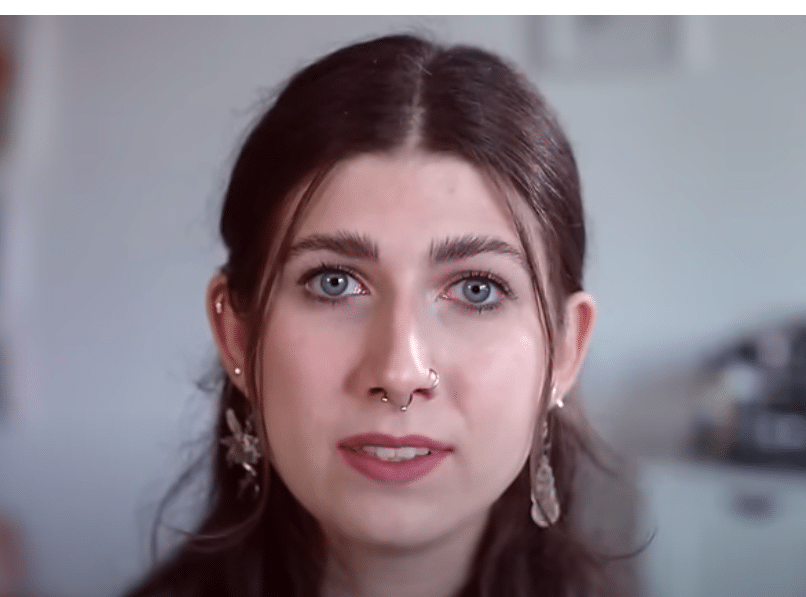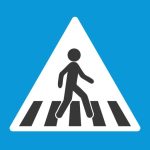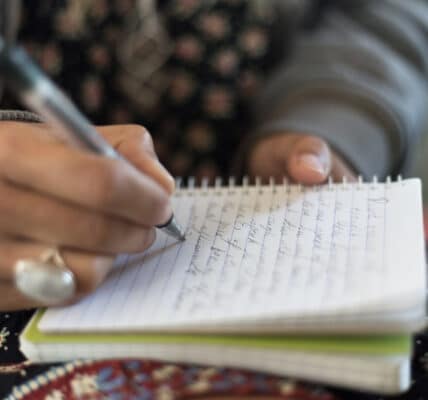Sophia’s Struggles With Anorexia and What It Takes to Recover From an Eating Disorder

What does it take to recover from an eating disorder? Eating disorders such as bulimia, anorexia, binge eating, and eating addiction, have a variety of causes and a combination of therapies that help people recover. A good way to see recovery in action is the new documentary, Mental health and body image — Overcoming eating disorders and depression, an English-language video produced by the German publisher, DW Documentary.
Mental health and body image follows Sophia, who is recovering from an eating disorder that nearly took her life. The documentary compresses the setbacks and detours on the route to recovery, and shows how that path can be quite similar but always unique for each person suffering a mental health disorder.
Mental Health Comorbidities
Sophia first showed signs of a mental health disorder as a teenager when she started cutting herself. She saw self-injury as a way of preventing suicide and actually credits it with saving her life by precipitating hospitalization. She received medication and was recommended for therapy.
Sophia stopped cutting herself when she started her eating disorder, anorexia, which she suffered from for years. She was later diagnosed with depression.
In a meta-analysis of the literature, researchers at the Department of Biomedical and Neuromotor Sciences at the University of Bologna in Italy found the following comorbidity rates between eating disorders (ED) and obsessive-compulsive disorder (OCD):
- 15% of those with ED are currently comorbid with OCD
- 18% of those with ED have a lifetime comorbidity with OCD
- 19% of those with anorexia have a lifetime comorbidity with OCD
- 13% of those with bulimia have a lifetime comorbidity with OCD
The review says follow-up studies found rates of 38% comorbidity between ED and OCD, and a 44% rate between anorexia and OCD. The result is a very dissatisfying conclusion that “20% to 40%” of those with eating disorders are comorbid with OCD. That’s an unscientific range.
Social Media and Sophia’s Recovery
Excessive social media use among teens is associated with body dysmorphia, in part due to the often intentionally distorted body images teenagers share online. However, Sophia flipped the script on social media, and it became a tool in her recovery.
When she was anorexic, she would lay awake at night thinking about food. She viewed it as poison. Sophia said that, “Choosing life had to be an active decision I made every day.” She came to document this daily decision through posts on the Instagram handle, #mechoosinglife.
Medical Journaling
Eventually, the Instagram effort became too much, and she stopped posting. In her recovery, to fill the void, Sophia took to keeping a diary. Medical journaling has been proven to be therapeutic. It allows patients to take more responsibility for their improvement and provides benchmarks that boost self-esteem.
Substitution is a key strategy in shifting from self-harming behaviors to self-enhancing behaviors. Substituting medical journaling for social media participation should prove to be therapeutic for those trying to break a social media addiction.
Cognitive Behavioral Therapy
Sophia resisted therapy at first, but once she started, she embraced it. Cognitive behavioral therapy (CBT) is probably the one essential ingredient in recovering from any mental health disorder. CBT teaches patients how to process the very difficult challenges they face and see a broader range of ways to think and act.
CBT gave Sophia a set of coping skills for urge management, including fictional characters she would talk to when tempted to do something she’d promised to avoid. She received a very custom, personalized kind of therapy that works very well but is also expensive to provide.
Relocation to Reduce Cues
Sophia moved away from the town she lived in as a teenager, and moved to a small town on the outskirts of Frankfort, Germany. Relocating is often a strategy for recovering from substance use disorders and mental health disorders. That’s because many of the cues that drive urges come from the surrounding environment. Change your surroundings, change your cues.
For some people, “relocating” may mean changing jobs, changing cities, changing apartments, or avoiding certain people, places and activities. Sophia expresses how stressful it was for her to go back home for a visit at the age of 22. She had moved into group housing shared with five other young women. It provided her with structure and companionship, and she appears to be thriving in her new environment.
Community Reinforcement
Relocating is a tricky thing. Many people in recovery rely on the assistance of family and friends to get through the struggle. It’s been proven that recovery is enhanced when patients and caregivers take a community reinforcement approach where as many contacts as possible are part of the recovery nexus. The community reinforcement approach seeks to address the whole individual, including their housing situation, employment, financial condition, legal problems, and medical team.
Finally, let’s not ignore the benefits of walking. Sophia went on long walks on a daily basis during her recovery. It sounds from the documentary that she was often accompanied by a therapist on her walks. How luxurious, to be in the countryside, in the fresh air, taking daily walks, often with a trained therapist. This is the model for high-end private recovery centers.
Sophia starts and ends the film feeling she’s “on the right path.” She recognizes recovery as a process, not a destination, and she no longer dreads the process — or the food.
Written by Steve O’Keefe. First published August 13, 2024.
Sources:
Mental health and body image — Overcoming eating disorders and depression, DW Documentary, August 4, 2024.
“Rates of comorbid obsessive-compulsive disorder in eating disorders: A meta-analysis of the literature,” Journal of Affective Disorders, December 2020.
“Efficacy of journaling in the management of mental illness: a systematic review and meta-analysis,” Family Medicine and Community Health, March 2022.
Image Copyright: DW Documentary, used under Fair Use: Commentary.




